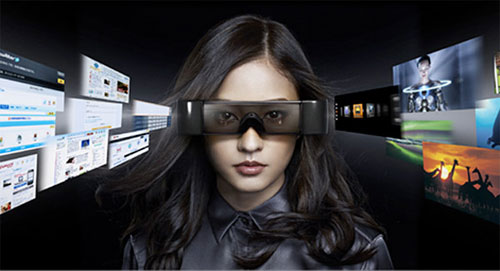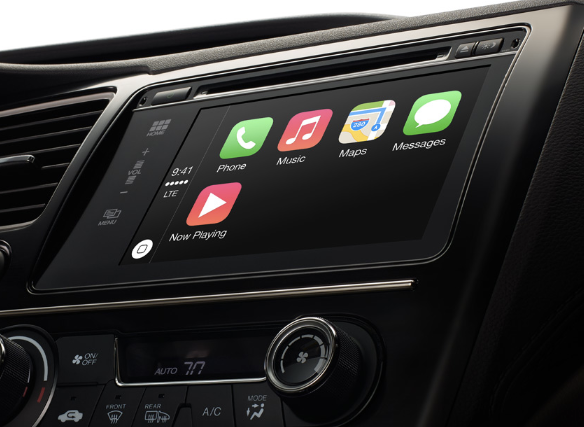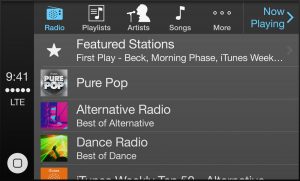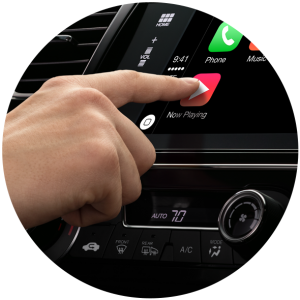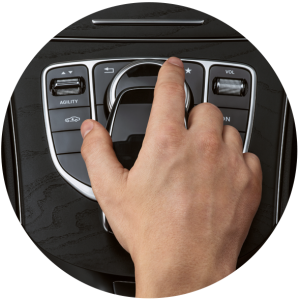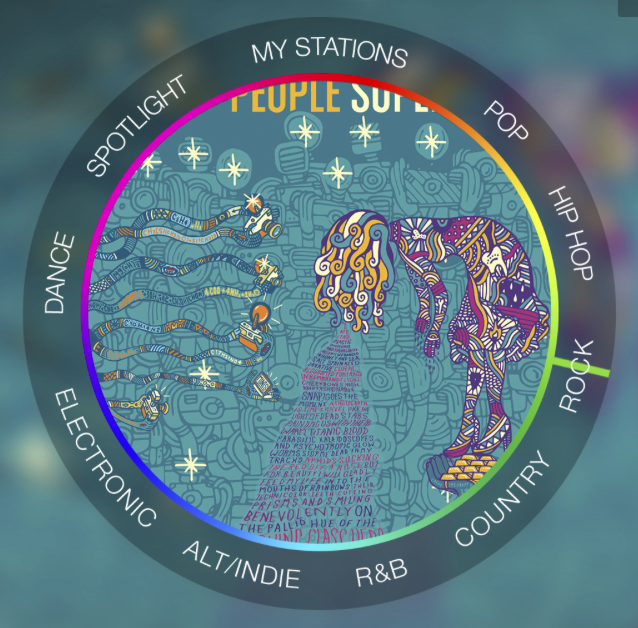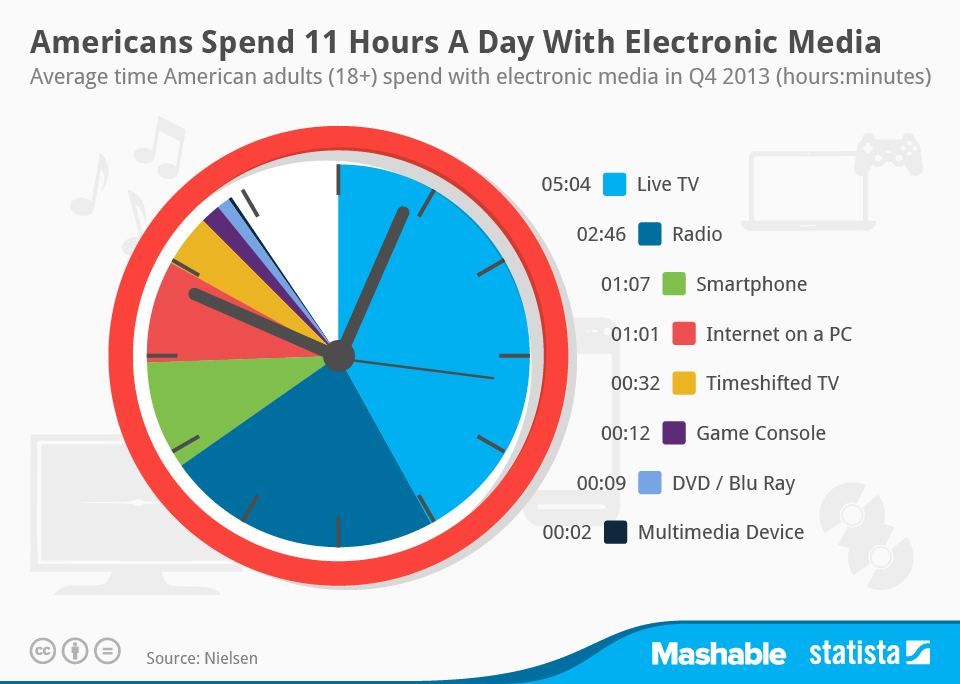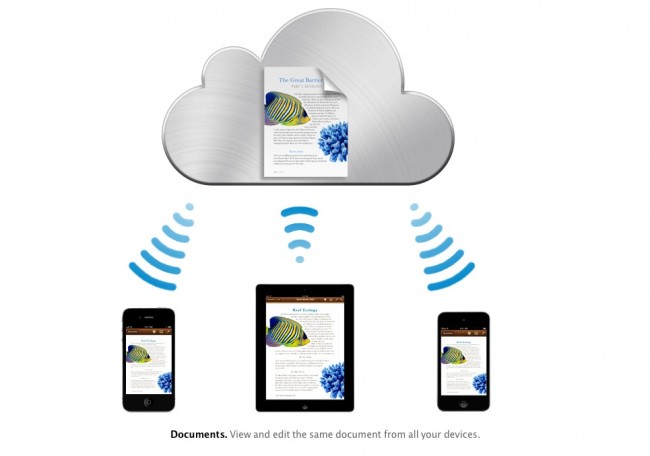ZDNet posted an article entitled: 10 Reasons To Buy A Windows Tablet Instead Of The iPad Or Android.
[pullquote]If you haven’t got anything good to say about anyone, come sit by me. ~ Alice Roosevelt Longworth[/pullquote]
The ZDNet article proves to me you’re never too old to learn something stupid. The justifications used to support the proposition one should buy a Microsoft tablet are as stupid as they get.
Let’s review, shall we?
1) It’s all about choice
“Having options available is always a good thing…”
That just ain’t so. Options don’t matter unless they’re GOOD options or, more specifically, unless they’re better than the options already available. Benedict Evans is fond of saying that some people suffer from “Technology Tourette’s” — a baffling disease that causes some technology enthusiasts to grow neck beards and shout out random tech memes like “Open!” and “Choice!” at inappropriate times. That seems to be what’s occurring here.
Choice is not an end, it’s a means and it’s the quality of one’s choices — not just the availability of choice — that matters. If you demonstrate Windows tablets are better, fine. But just claiming they’re different from what’s already available doesn’t cut it as an argument.
2) Plug it in
“Windows tablets are full PCs. Most can do anything that their bigger siblings can do, and that includes letting owners plug peripherals in to do stuff.”
[pullquote]When it’s three o’clock in Cupertino, it’s still 1995 in Redmond.[/pullquote]
That argument is like a marshmallow — easy to chew, but hard to swallow. ((Inspired by Alberto Nikas))
First, most everything listed in the article can now be done wirelessly — no cables required.
Second, didn’t Microsoft just spend the last decade stirring up apathy about the wonders of having a full PC on a tablet? How’d that work out for them?
Third, didn’t the iPad become a computing phenomenon without all those cables?
 Microsoft claiming their tablets are equipped with the full PC experience is like a hooker claiming she is equipped with a chastity belt. It’s neither a feature nor a benefit.
Microsoft claiming their tablets are equipped with the full PC experience is like a hooker claiming she is equipped with a chastity belt. It’s neither a feature nor a benefit.
3) Keeps getting better
“Windows 8 wasn’t that great on tablets when first introduced, but that’s a thing of the past.”
I think we can agree. The past is over. ~ George W. Bush
That reminds me of a joke:
Morty comes home to find his wife and his best friend, Lou, naked together in bed. Just as Morty is about to open his mouth, Lou jumps out of the bed and says, “Before you say anything, old pal, what are you going to believe, me or your lying eyes?” ((Plato and a Platypus Walk Into a Bar, Thomas Cathcart & Daniel Klein ))
So who are you going to believe, ZDNet or your lying eyes?
Apparently the Windows 8 design team believe if two wrongs don’t make a right, try three…or four…or five…
- Saying Windows 8 is getting better on tablets is like saying one’s rash isn’t as noticeable anymore (although it still itches like crazy).
- Windows 8 is so bad that if it had been introduced 2,000 years ago, it would have been stoned.
- Windows 8 is so bad that if it were your lover it would give you an anticlimax. ((Inspired by Scott Roeben))
And Windows RT (also known as “I-have-no-idea-what-they’re-calling-it-now?”)? Well, that reminds me of another joke.
Q: What do you call a dog with no legs?
A: It doesn’t matter because it’s not going to come anyway.
It doesn’t matter what you call Windows RT because it’s a dog and its got no legs.
4) Double duty
“Many tablets are available in hybrid form, a slate (screen) that plugs into a dock that turns it into a laptop. These are tablets when you want one and laptops when you need one, as Microsoft is fond of telling us.”
Double “doody” devices are a great problem, masquerading as a great good.
If you’re on a camping trip, you might want to use a Swiss Army knife. But if you’re at home, you won’t ever use it to carve the turkey, open a can or a bottle of wine. You’ll have better tools available.
Similarly, if you’re a road warrior, you may want a two-in-one. Like the Swiss Army knife, it’s a convenient, but compromised, tool. If sales totals mean anything to you — and they certainly mean something to the rest of the world — it appears that even most road warriors would prefer to carry both a tablet and a notebook rather than endure the compromises inherent in a hybrid computing device.
I think well-known-tech-reviewer, Abraham Lincoln, may have best summed up the problem with hybrids:
If this is coffee, please bring me some tea; but if this is tea, please bring me some coffee. ~ Abraham Lincoln
5) Then there’s Office…
“A lot has been said about the need for Microsoft Office on tablets, and while there are decent alternatives to Office on the other tablet platforms, there’s no solution as complete as the genuine article.”
First, many — nay most — do not need to use Office.
Second, there are numerous Office alternatives available.
Third, if you need to use Office, you’ll be much happier using a notebook than a tablet. Office is not optimized for touch.
Fourth, Microsoft is soon going to bring Office to the iPad.
So what was the point ZDNet was trying to make?
6) Do some real work
“You hear a lot of discussion about what constitutes real work, and while I can do my work on any tablet, some need Windows.”
ZDNet conflates two arguments here. If you need to use Windows, then by all means, buy a Windows machine. (Although some contend “The Best Windows PC Is An Apple Mac.”) However, Windows desktop programs aren’t optimized for touch, so a notebook would probably be more appropriate than a tablet.
If you really need to know if your computer is doing “real work,” then first you have to know what the definition of “work” is and even before that, you need to know what the definition of “definition” is.
“Definition” is “an exact statement or description of the nature, scope, or meaning of something.”
You use a definition to define an object. You do not use an object to define a definition.
Defining “real work” by comparing it to what one can do on a PC or Windows tablet is the same argument — and the same erroneous argument — PC aficionado’s used to make when they contended tablets weren’t “real” computers. They looked at their PCs, listed all of its attributes and then excluded from the definition of computing anything that didn’t have all of those attributes. This is akin to looking at a cow and claiming anything that doesn’t have all of the characteristics of a cow isn’t a mammal.
“Work” is an “activity involving mental or physical effort done in order to achieve a purpose or result.”
The “purpose or result” is defined by the user, not by the tool. It’s the user, not Microsoft, who gets to define whether the tool does the “real work” or not and the fact 95% of all Enterprise software on tablets runs on iOS should put to rest Microsoft’s pompous contention that non-Window’s tablets don’t do “real work.”
Unbelievably, here’s the screenshot that ZDNet used as support for their claim one can do “real work” on a Windows tablet.
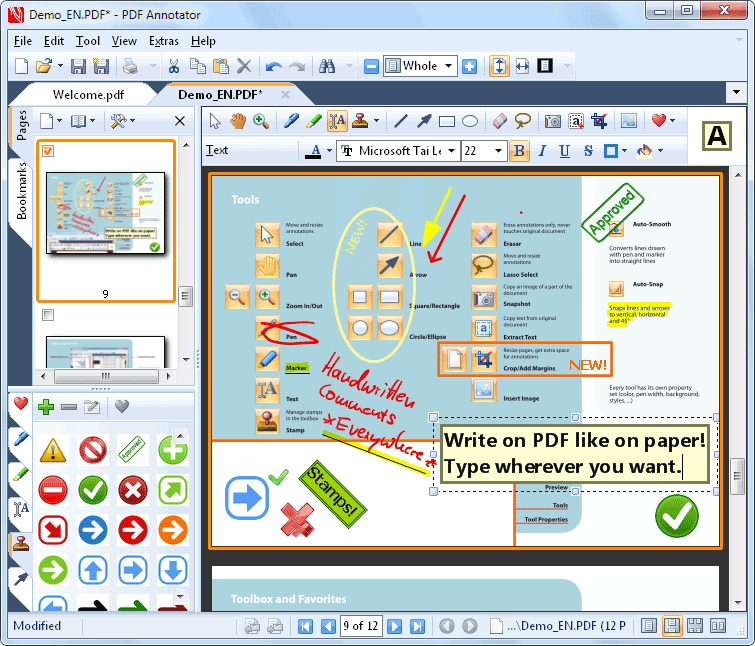
Yikes! If that’s what ZDNet means by “real work”, you can keep it. ZDNet couldn’t have parodied their argument better if they’d tried.
 I suspect if Microsoft had been in the bicycle business at the turn of the last century, they would have offered “pedal skates” as their alternative to Apple’s roller skates, all the while claiming their pedal skates were “real” bicycles because they had “real” tires.
I suspect if Microsoft had been in the bicycle business at the turn of the last century, they would have offered “pedal skates” as their alternative to Apple’s roller skates, all the while claiming their pedal skates were “real” bicycles because they had “real” tires.
Sigh. It’s a “tired” argument that falls flat. ((There’s probably a RIM joke in there somewhere too.))
7) Lots of apps
Well, that’s just a damn lie. App support for Windows 8 is third of three, so it’s a reason NOT to buy a Windows tablet, not a reason TO buy a Windows Tablet.
One could contend Windows apps are “good enough.” One could contend it, but it still wouldn’t make it so. There are not only huge holes in the Windows lineup, but the apps that are available are often mere shadows of the originals – unoptimized for touch or poorly implemented copycats.
Windows 8 has less apps, the apps it has are less useful and Microsoft is porting its own apps to Apple devices. So how exactly are “apps” a reason to buy Windows tablets?
Microsoft app not only in the Mac App Store, but featured as Editor’s Choice. Different era, I know. Still weird. ~ MG Siegler (@parislemon)
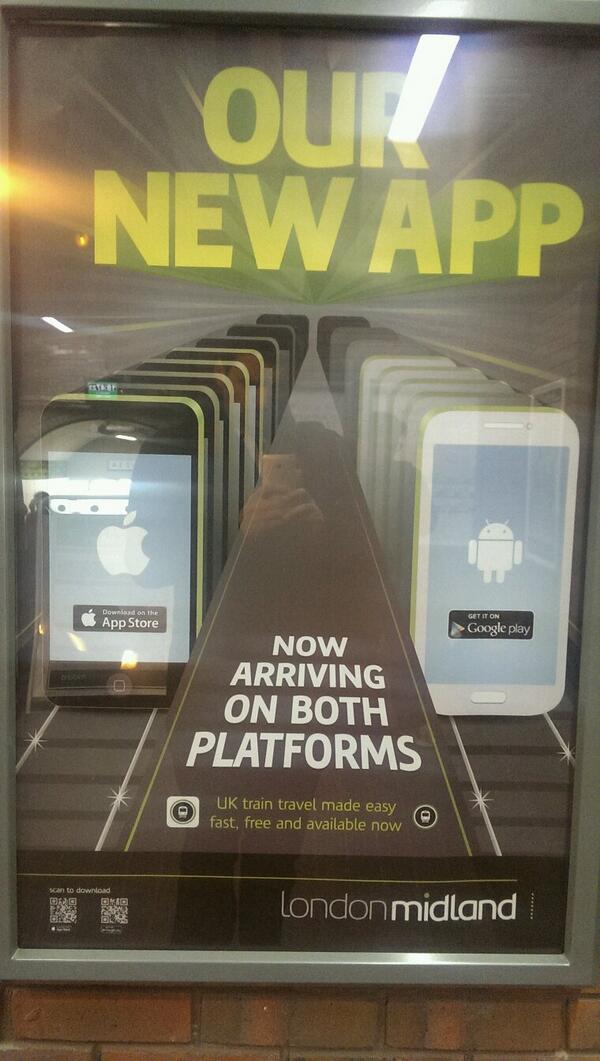
The above ad came out yesterday. Notice anything missing? (Hint: It’s Windows 8.)
8) Run any browser you want
Geez, that’s some awfully weak sauce. Let’s tease out the reality.
First, most users don’t care about multiple browsers on their mobile devices.
Second, most browsers are optimized for their mobile devices. (Tip o’ the hat to @jseths)
Third, the browsers available on Window 8 are not touch enabled. Which kind of puts a serious crimp in the entire contention Windows 8 tablets come with multiple browsers.
Fourth, even the browser users are pulling out of Windows 8.
Fifth, if multiple non-touch optimized browsers are what you really want on your tablet then by all means the two of you should go out and buy a Windows tablet.
Regarding Firefox Metro, you can complain when devs don’t support Metro, but when they do and see no usage, hard to complain if they kill it. ~ Paul Thurrott (@thurrott)
9) Multi-tasking on the screen
“Those who do two things at once on an iPad or most Android tablets are all too familiar with having to swap between the two app screens. Bouncing back and forth is OK, but it would be much better to have the two apps displayed side-by-side on the tablet screen. Windows tablets have you covered in this regard, as snap view lets you put two apps up at once.”
Well, on the one hand, many apps do not work with snap view. On the other hand, I really like snap view and if it’s a big plus for you, have at it on your Windows tablet. However, I strongly suspect that design-wise, mobile is made for full screen use. As the world-famous designer, Dieter Rams put it: “Less, but better.”
I’m comfortable letting the market act as the judge and jury on this one.
10) Long-term viability
“Companies come, and companies go, and that’s especially true in the mobile space. Buying into a mobile platform with any device is making a leap of faith that the platform and the company behind it will be around for the long haul.That’s not a concern with a Windows tablet, as Microsoft is certain to be around for a long time.”
[pullquote]He’s a very competitive competitor, that’s the sort of competitor he is. ~ Dorian Williams, horse show commentator[/pullquote]
Whoa, whoa and whoa!
What a bizarre argument. First, saying Microsoft will be around in the long run is not the same thing as saying Windows 8 will be around in the long run.
Innovation is a process. Innovativeness as an attribute of a company is a measure of its processes not its assets. ~ Horace Dediu (@asymco)
Second, saying Microsoft is committed to Windows 8 tablets is not the same as saying Windows 8 tablets will be around in the long run. I’m pretty sure IBM was committed to OS/2, Palm was committed to WebOS, and RIM was committed to Blackberry. The crucial question is not whether Microsoft is committed to Windows 8 but whether the developers are committed and the answer to that question is a resounding “no.”
Guardian: Firefox on Windows 8 Metro only had 1,000 daily users. ~ Charles Arthur (@charlesarthur)
(Perhaps it’s not so much developers are rats deserting a sinking ship as they are ships deserting a sinking rat.)
[pullquote]Microsoft is like the guy at the party who gives everybody cocaine and still nobody likes him. ((Inspired by Jim Samuels))[/pullquote]
Firefox says Windows 8 is a black hole, kills its Metro app ~ Sameer Singh (@sameer_singh17)
Mozilla pulls the plug on ‘Metro’ mode Firefox browser for Windows 8. Windows 8 isn’t a failure? You’re kidding right? ~ Bhaskar Bhat (@bhaskarsb)
Windows Tablets have long-term viability? Au contraire. Windows 8 has the life expectancy of a small boy about to look into a gas tank with a lighted match. ((Inspired by Fred Allen))
Conclusion
There are two kinds of writer: those that make you think, and those that make you wonder. ~ Brian Aldiss
This article makes me wonder what the writer was thinking. Let me put it this way. If this author had been the Captain of the Titanic, he’d deny the ship had hit an iceberg and say they were only stopping to pick up some ice.
[pullquote]Everything happens for a reason. Sometimes the reason is that you’re stupid and make bad decisions. ~ Parody Bill Murray (@BiIIMurray)[/pullquote]
The fundamental problem with Windows 8 hasn’t changed: you’re still working in two operating systems at once. And it can’t be “fixed,” it can only be undone.
If you board the wrong train, it is no use running along the corridor in the other direction. ~ Dietrich Bonhoeffer
This is the ultimate strategy tax. The visionary starts with a clean sheet of paper, and re-imagines the world. ((Malcolm Gladwell)). The last thing Microsoft wanted to do was to start anew. They wanted to leverage their existing desktop Windows monopoly. Instead, Windows 8 is an anchor so big it’s sinking not only Microsoft’s mobile hopes but their desktop franchise as well.
Which reminds me of one last joke:
A magician is working on a cruise ship, but there is one problem. The captain’s parrot watches every show he does, and after figuring out the tricks, the parrot has started yelling out the secrets of how the tricks are done.
The bird says, “Look, it’s not the same hat!” or “Hey! He’s hiding the flowers under the table!”
The magician is enraged. But it’s the captain’s parrot, so he can’t do anything about it.
One day on a long cruise, there is an accident. The boat crashes and sinks. The magician and the parrot find them themselves clinging to the same plank of wood in the middle of the ocean. For days neither says anything. Finally, after a week, with no hope in sight, the parrot says, “Okay, I give up. Where’s the boat?”
[pullquote]Anyone can win, unless there happens to be a second entry. ~ George Ade[/pullquote]
There is no boat. And there is no salvaging of Windows 8 either. You can “parrot” Microsoft’s PR all you want, but it’s like they say:
Those who get too big for their britches will be exposed in the end.
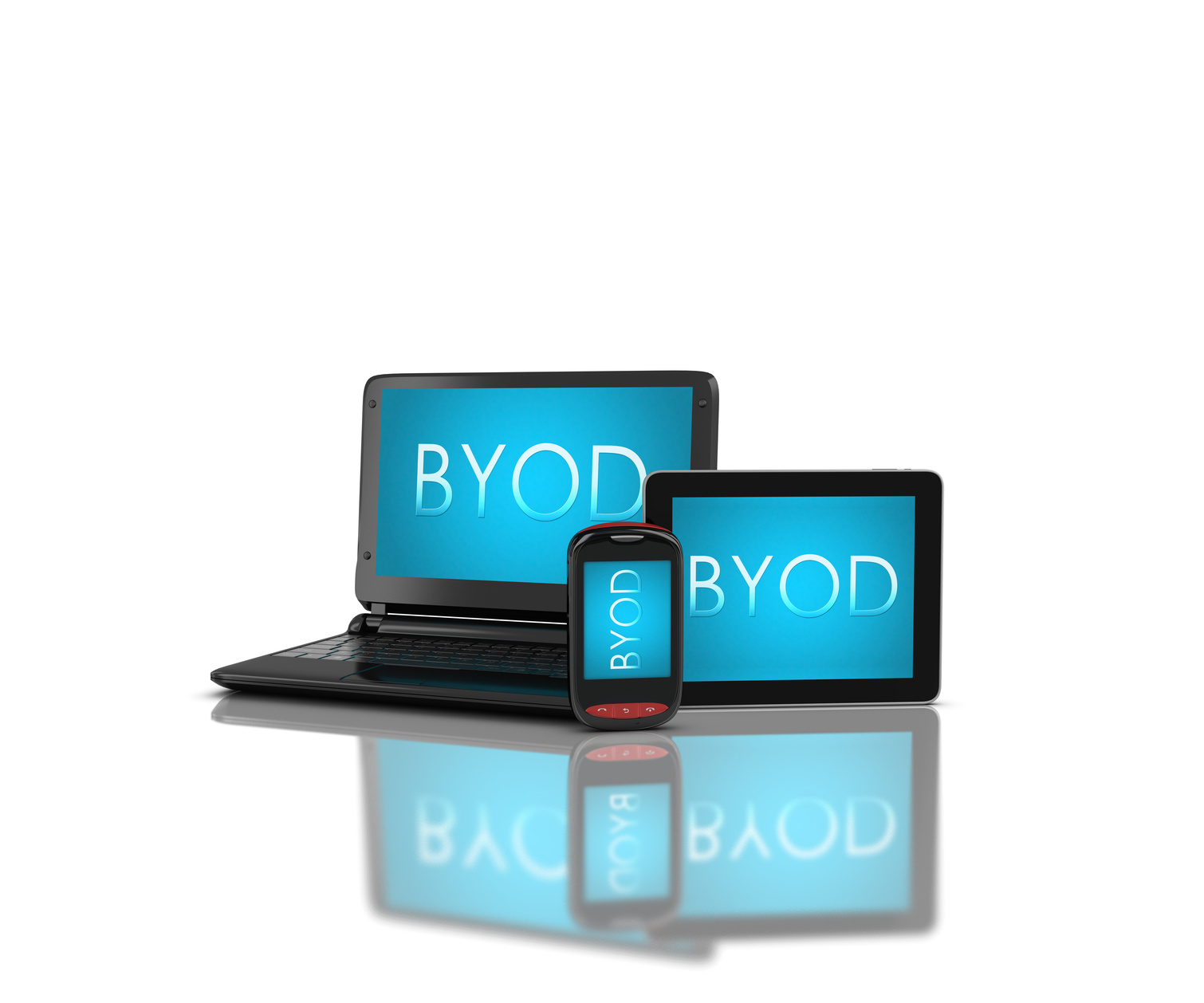


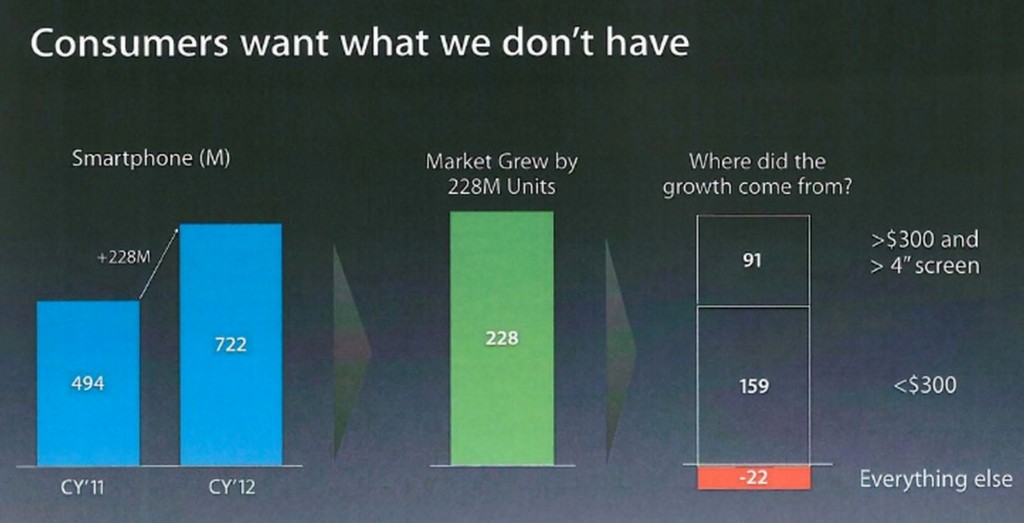
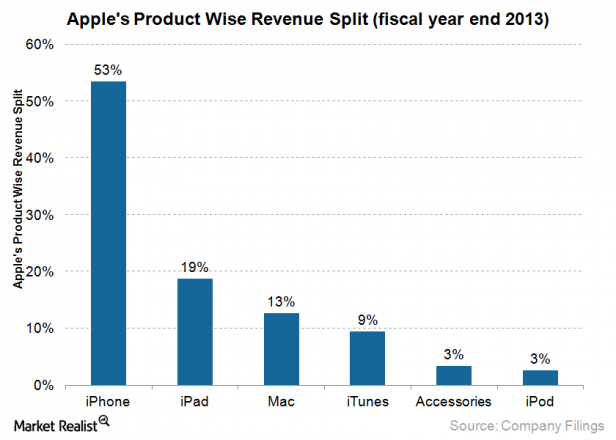
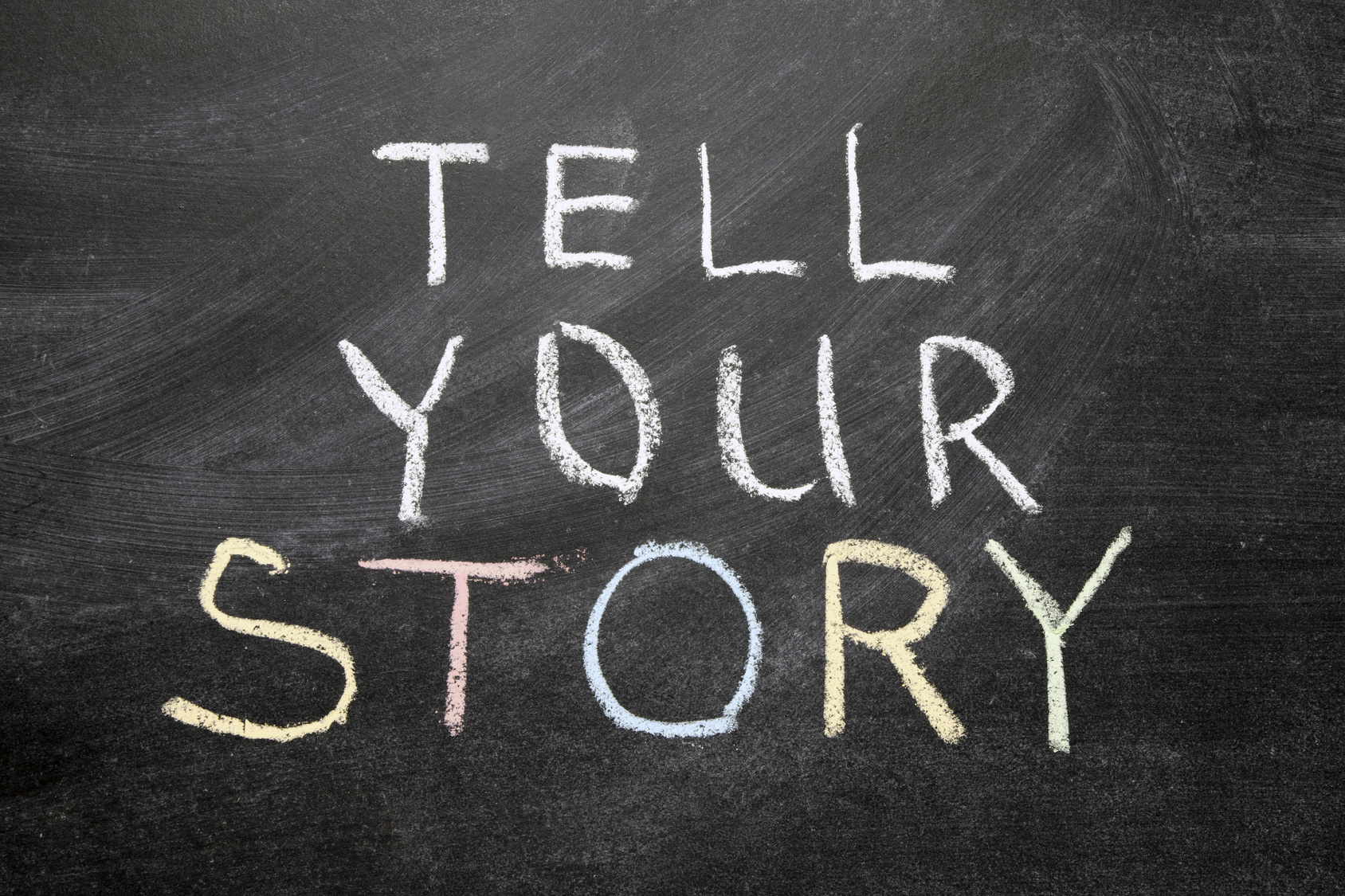
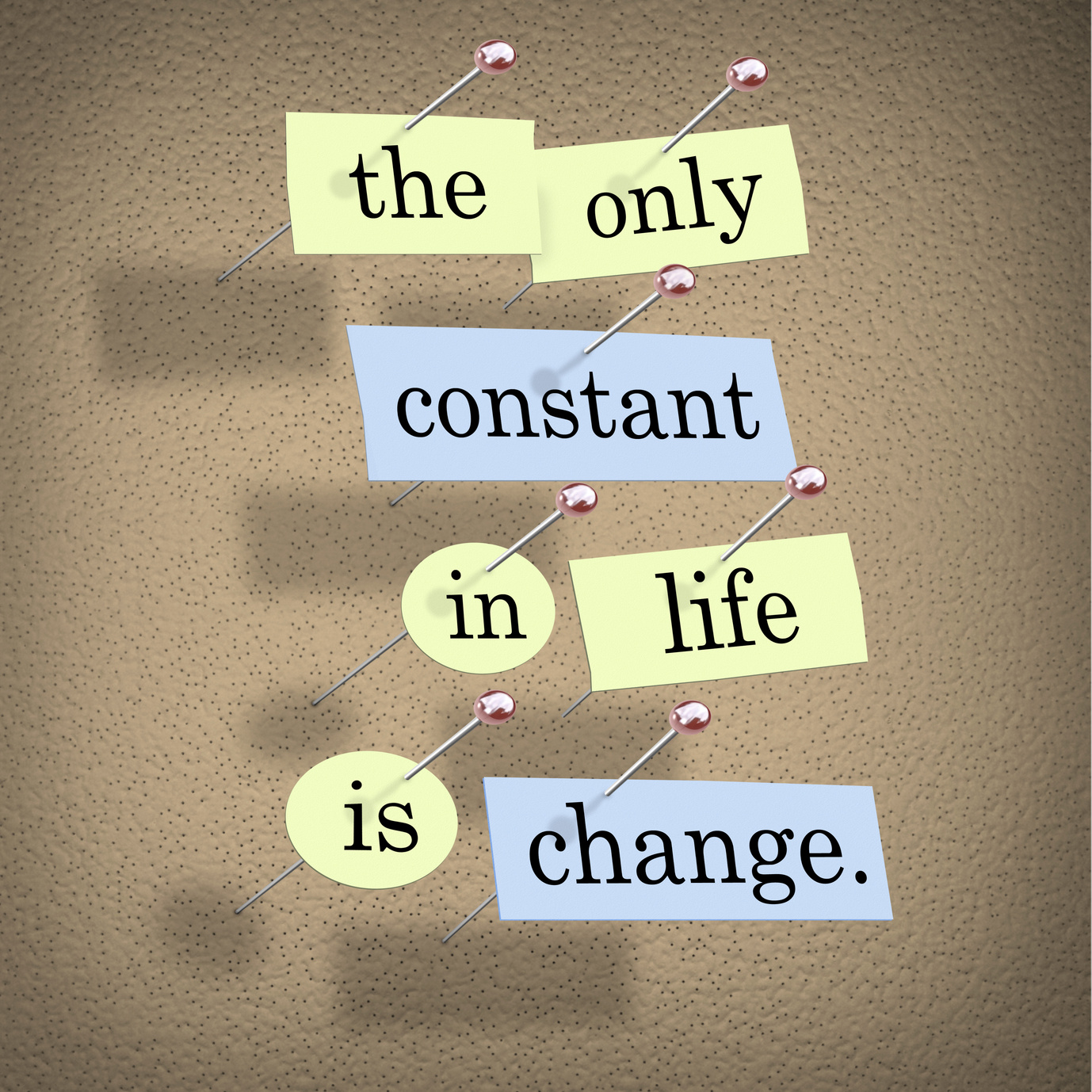
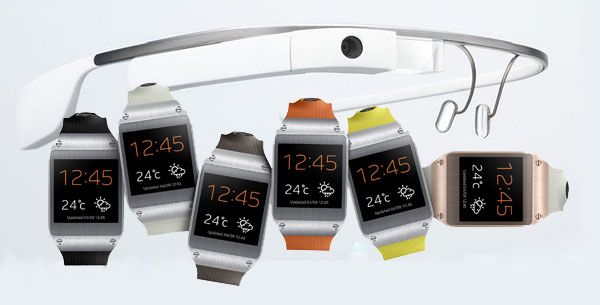
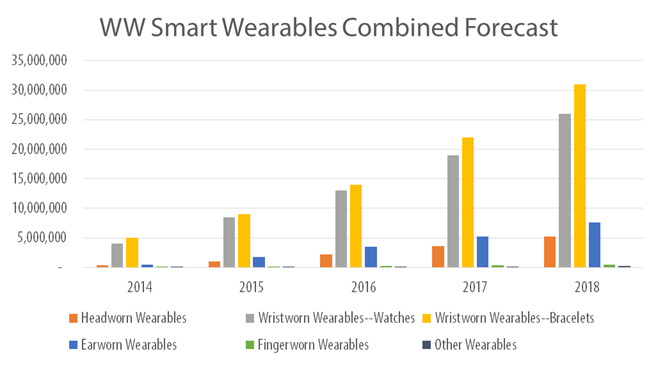

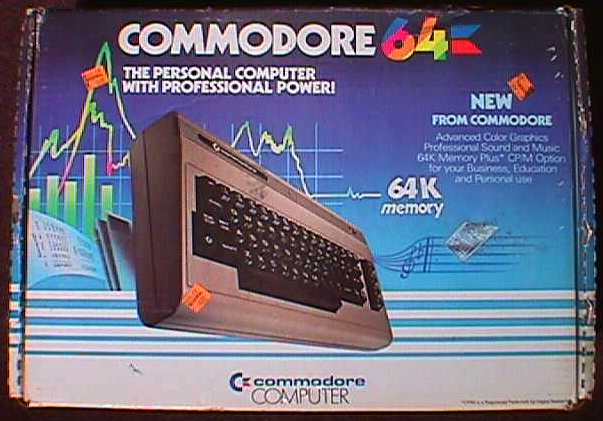
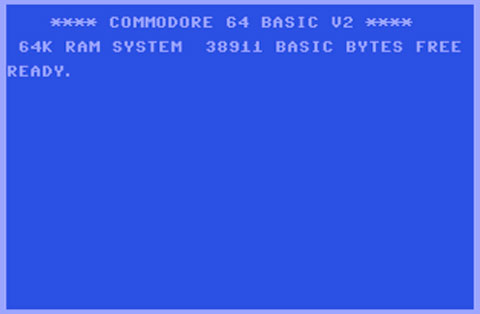
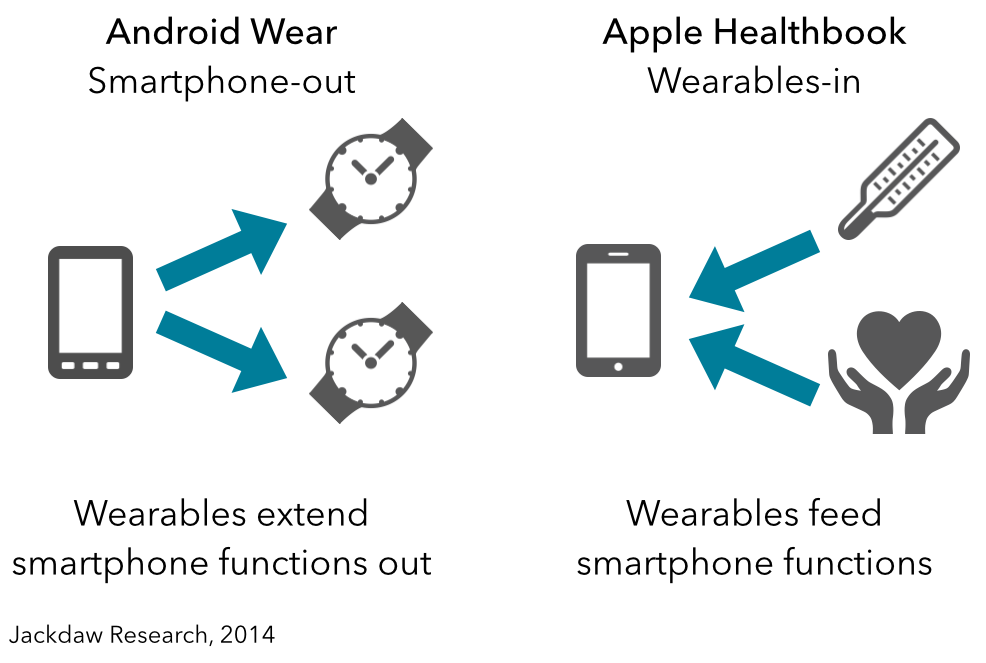






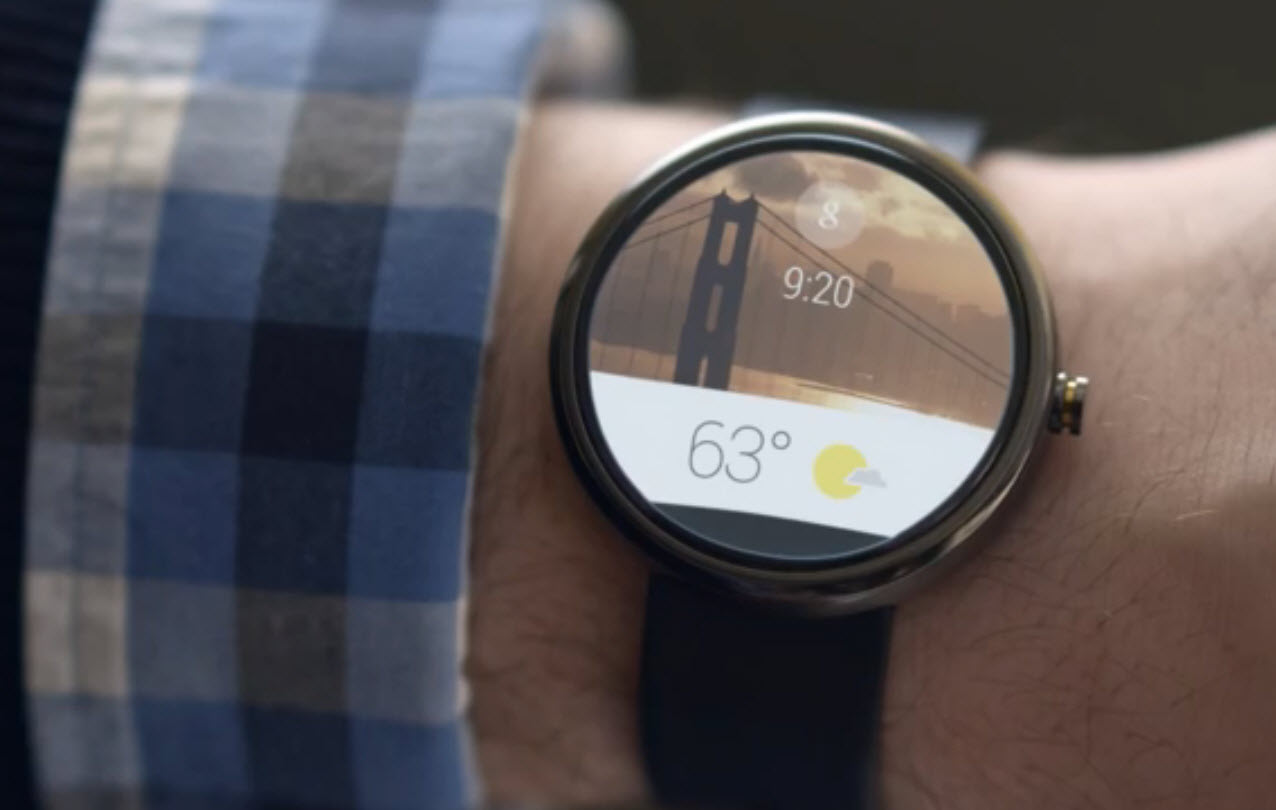
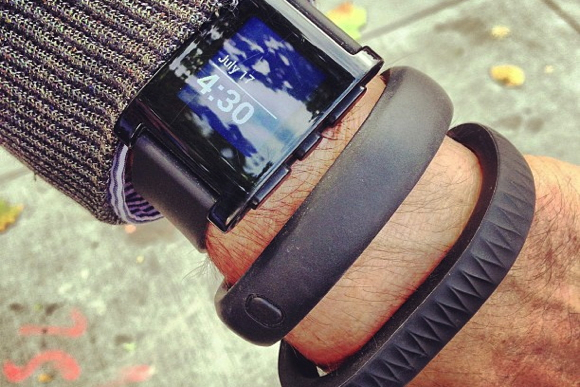



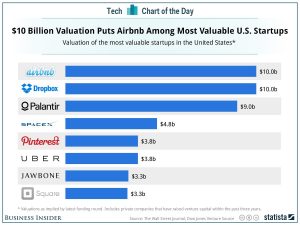
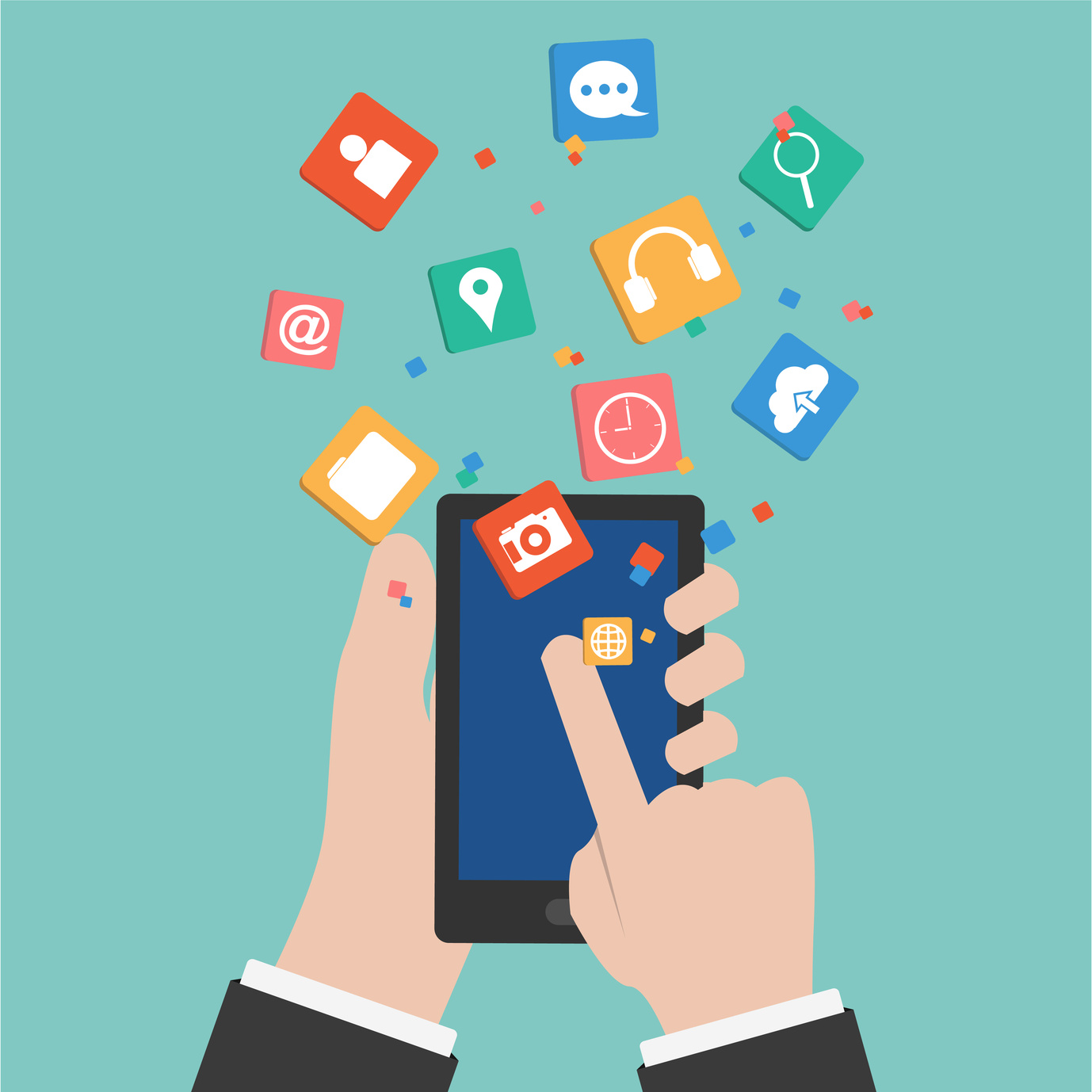
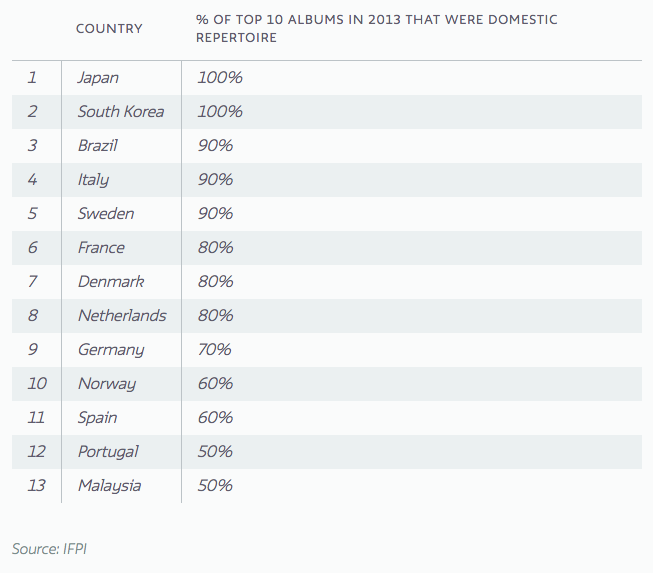
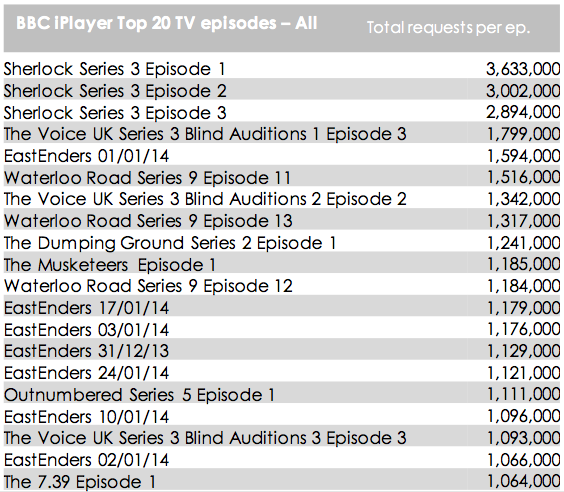
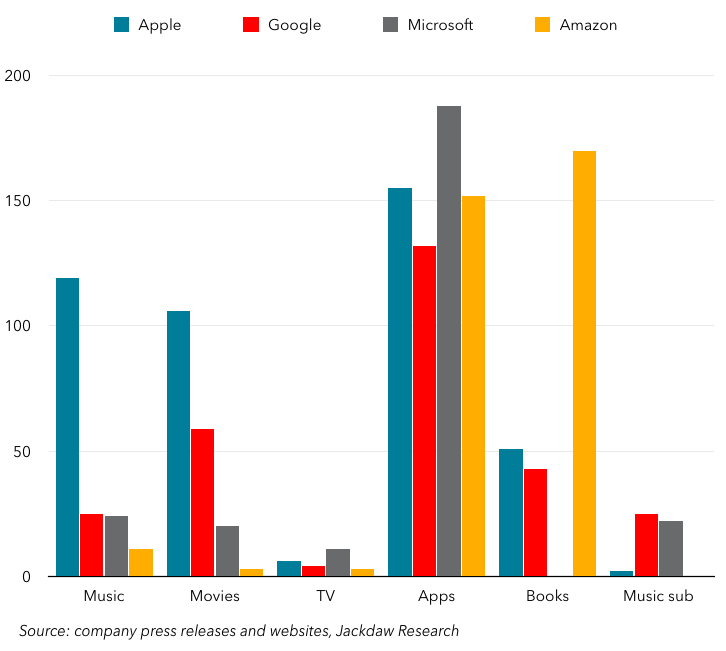

 Microsoft claiming their tablets are equipped with the full PC experience is like a hooker claiming she is equipped with a chastity belt. It’s neither a feature nor a benefit.
Microsoft claiming their tablets are equipped with the full PC experience is like a hooker claiming she is equipped with a chastity belt. It’s neither a feature nor a benefit.
 I suspect if Microsoft had been in the bicycle business at the turn of the last century, they would have offered “pedal skates” as their alternative to Apple’s roller skates, all the while claiming their pedal skates were “real” bicycles because they had “real” tires.
I suspect if Microsoft had been in the bicycle business at the turn of the last century, they would have offered “pedal skates” as their alternative to Apple’s roller skates, all the while claiming their pedal skates were “real” bicycles because they had “real” tires.
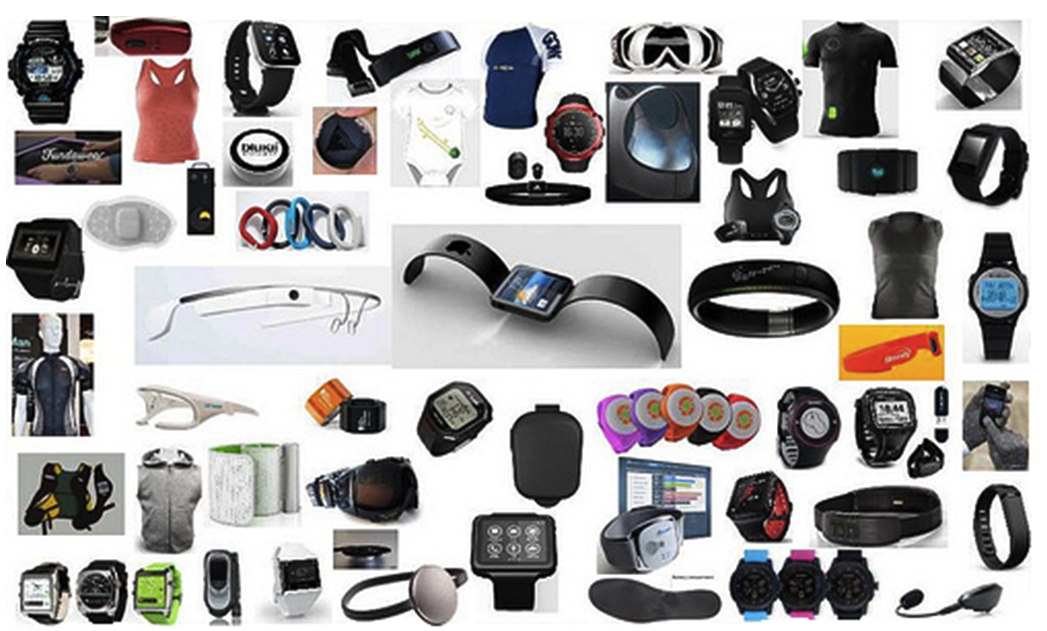
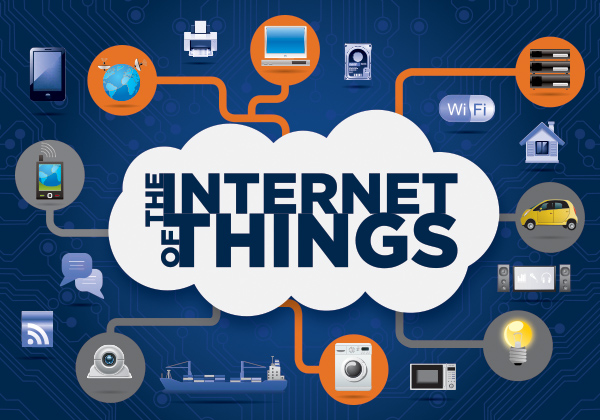
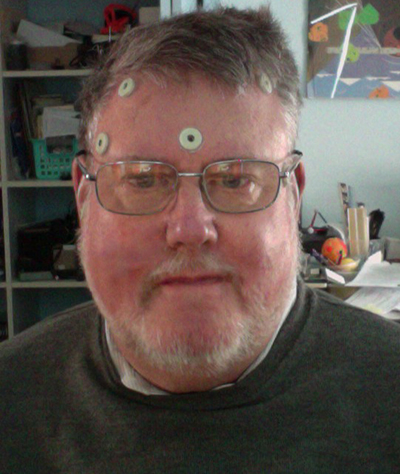
 Even though the surgery won’t be until tomorrow afternoon, they have me all prepped. Those funky dots are some sort of MRI positioning indicators–I’m not sure what their precise function is, but they have to do with increasing the surgeons’ already incredible accuracy.
Even though the surgery won’t be until tomorrow afternoon, they have me all prepped. Those funky dots are some sort of MRI positioning indicators–I’m not sure what their precise function is, but they have to do with increasing the surgeons’ already incredible accuracy.
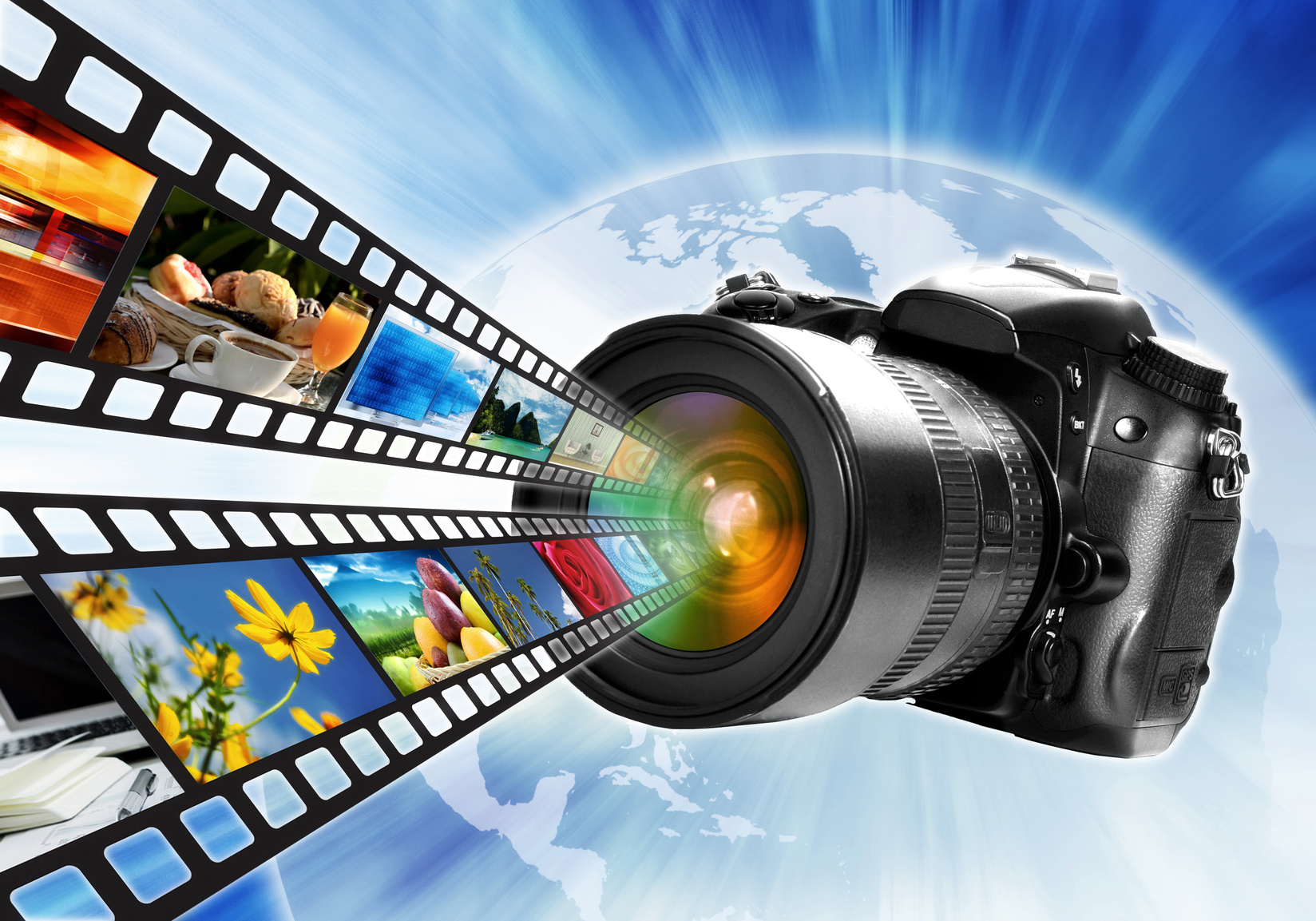
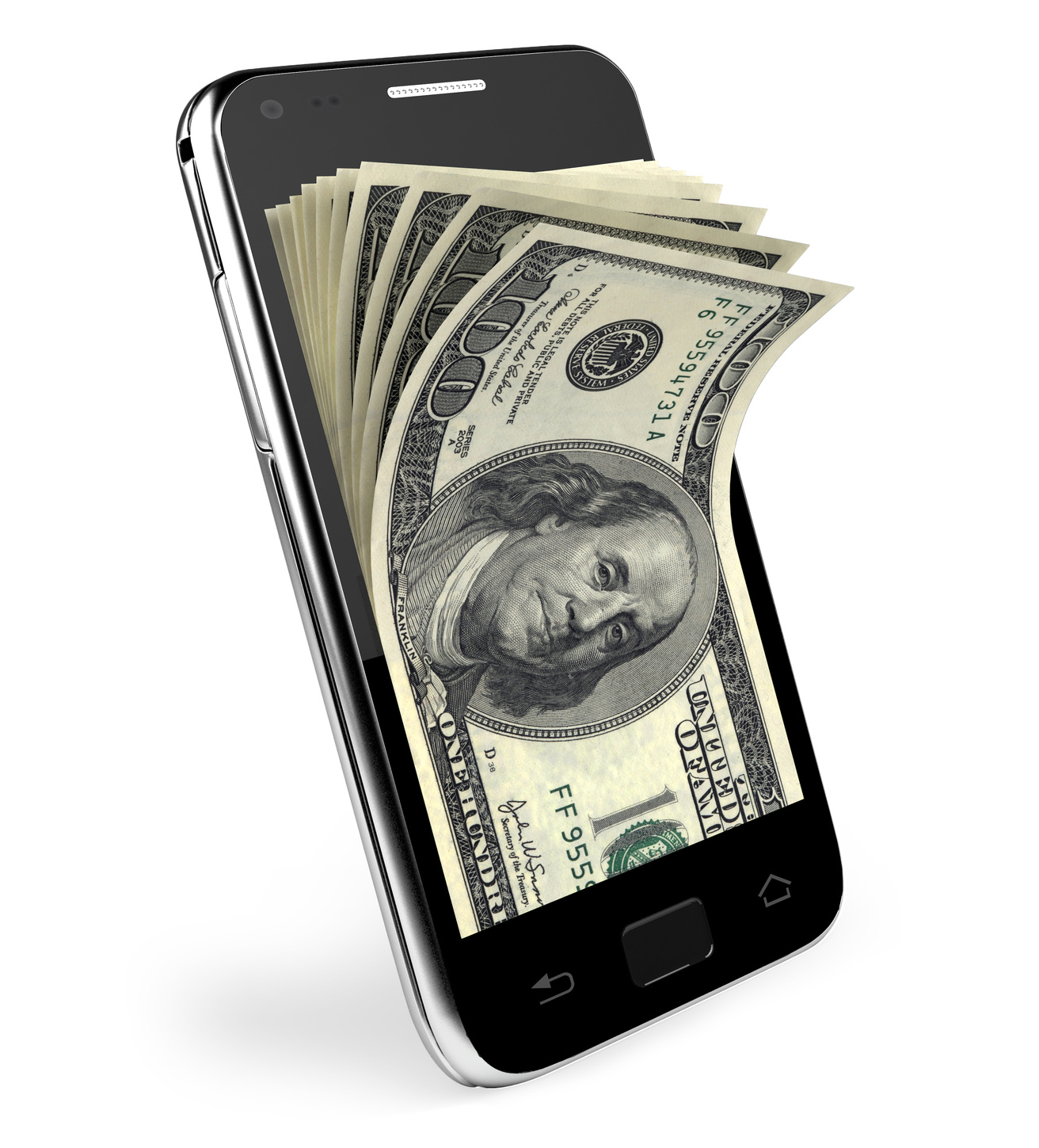

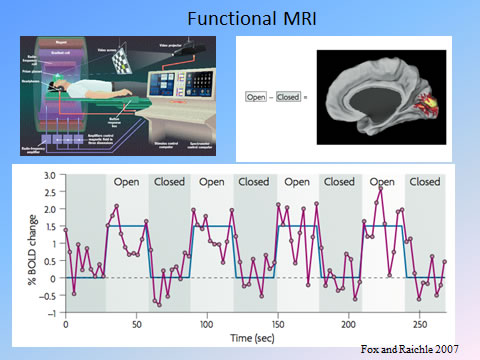

 It is not because the MR signal is directly sensitive to the neural activity. Instead, the MR signal change is an indirect effect related to the changes in blood flow that follow the changes in neural activity. The picture of what happens is somewhat subtle, and depends on two effects. The first effect is oxygen-rich blood and oxygen-poor blood have different magnetic properties related to the hemoglobin that binds oxygen in blood. This has a small effect on the MR signal, so if the blood is more oxygenated the signal is slightly stronger. The second effect relates to an unexpected physiological phenomenon. For reasons we still do not fully understand, neural activity triggers a much larger change in blood flow than in oxygen metabolism, and this leads to the blood being more oxygenated when neural activity increases. This somewhat paradoxical blood oxygenation level dependent (BOLD) effect is the basis for fMRI.
It is not because the MR signal is directly sensitive to the neural activity. Instead, the MR signal change is an indirect effect related to the changes in blood flow that follow the changes in neural activity. The picture of what happens is somewhat subtle, and depends on two effects. The first effect is oxygen-rich blood and oxygen-poor blood have different magnetic properties related to the hemoglobin that binds oxygen in blood. This has a small effect on the MR signal, so if the blood is more oxygenated the signal is slightly stronger. The second effect relates to an unexpected physiological phenomenon. For reasons we still do not fully understand, neural activity triggers a much larger change in blood flow than in oxygen metabolism, and this leads to the blood being more oxygenated when neural activity increases. This somewhat paradoxical blood oxygenation level dependent (BOLD) effect is the basis for fMRI.